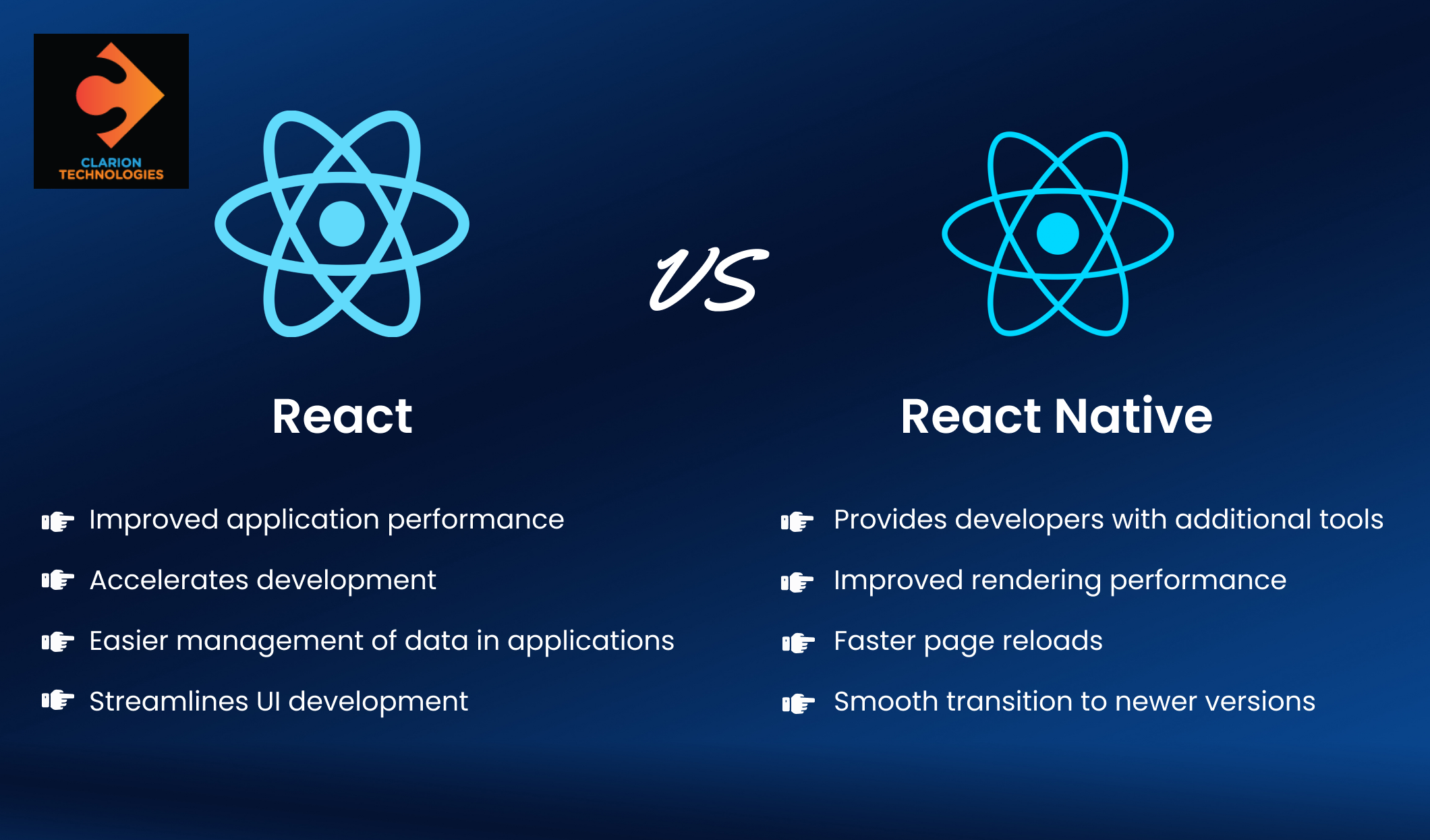As the digital landscape continues to evolve, the tools and technologies we use to build websites and web applications have to keep pace. Two such contenders in the front-end development arena are React and Next.js. Both are powerful and widely used, but understanding their differences is crucial in deciding which is the perfect fit for your next project in 2024.
Back in the day, websites were largely static – they displayed information without much interaction. Today, the web is a far more dynamic environment, filled with interactive elements, real-time updates, and rich user experiences. Building these modern experiences requires specialized tools and frameworks. That's where React and Next.js come in.
According to Wappalyzer, a web technology detection tool, as of October 2023, React boasts a staggering 91% market share in the JavaScript framework category. This dominance reflects its long-standing presence, extensive community support, and unmatched flexibility. However, Next.js, the challenger, is experiencing rapid growth. While its market share sits around 9%, its popularity is undeniable. This surge is likely due to its focus on streamlining the React development experience and boosting performance, particularly for SEO-driven applications.
Understanding React
React, brought to life by Facebook (now Meta), is not a full-fledged framework. Instead, it's a JavaScript library – a collection of pre-written code snippets that make it much easier to build user interfaces (UI). Think of UI as the part of a website or app you see and interact with. It excels at creating dynamic and interactive features. Imagine it like a toolbox filled with reusable building blocks that you can assemble to create the visual elements users interact with. React is known for its:
- Component-Based Architecture: This allows you to break down your application into smaller, manageable pieces, promoting clean and organized code.
- Smooth User Experience: React's virtual DOM technology optimizes updates and rendering, resulting in a responsive and user-friendly experience.
- Flexibility: A vast ecosystem of third-party libraries allows you to customize your application to fit specific needs.
What is React Used For?
React's flexibility is its superpower. It's suitable for a wide array of projects:
- Single-Page Applications (SPAs): React excels at creating SPAs, which are web applications that behave much like desktop apps, with smooth navigation and no full page reloads.
- Interactive Dashboards and Data Visualizations: If you need to display complex information in a user-friendly way, React's component-based structure is ideal.
- Social Media Feeds: The constantly updating nature of social media feeds is a perfect match for React's ability to efficiently manage UI changes.
- Mobile Apps (via React Native): React isn't just for websites; it powers mobile apps across iOS and Android.
Understanding Next.js
Next.js is a helpful tool built on React, created by a company called Vercel. Next.js sits on top of React, offering a more structured approach with pre-built features to streamline development. It's like React on steroids, optimized for certain types of web applications. Here's how Next.js elevates the React development experience:
- Blazing-Fast Performance: Next.js utilizes server-side rendering (SSR) and static site generation (SSG), leading to faster loading times and improved SEO.
- Simplified Development: Built-in features like routing and API routes reduce complex configurations, allowing developers to focus on core functionalities.
- SEO Friendly: Next.js helps your website rank higher in search results by taking care of aspects crucial for search engines.
Normally, React might load your entire website at once. But Next.js just loads the specific page someone clicks on, making things feel much faster! This is great for both users (who don't have to wait) and search engines (who like fast websites). Plus, Next.js has shortcuts to make building websites with React even smoother.
What is Next.js Used For?
Next.js has found its niche in several key areas:
- Static Sites: Next.js offers static site generation (SSG), which pre-renders your website's pages at build time. This means lightning-fast page loads and improved SEO (search engine optimization).
- Server-Side Rendered (SSR) Apps: SSR helps with initial page loads and makes your site more accessible to users with slower internet connections.
- E-commerce Sites: Next.js provides features like built-in image optimization, internationalization, and seamless integration with popular e-commerce platforms.
- Marketing Websites: The combination of performance, SEO benefits, and ease of content management makes Next.js a great choice for marketing sites.
React vs Next.js: A Comprehensive Comparison
|
Feature |
React |
Next.js |
|
Type |
Library |
Framework (built on React) |
|
Learning Curve |
Requires a good understanding of React's core concepts and component lifecycle. |
Generally easier for those familiar with React, as it adds structure and conventions. |
|
Flexibility |
Highly flexible, allowing for complete customization and control over project structure. |
More opinionated, with established conventions and patterns for building applications. |
|
Performance |
Good performance, but requires additional optimization for SPAs (e.g., code splitting, lazy loading). |
Excellent out-of-the-box performance due to built-in SSR, SSG, and automatic code splitting. |
|
SEO |
Can be challenging due to client-side rendering; additional work is needed to optimize for search engines. |
Highly optimized for SEO due to server-side rendering and static site generation. |
|
Community & Ecosystem |
Massive community, vast library of third-party components, and numerous tutorials and resources. |
Growing rapidly, with a dedicated community and increasing number of plugins and integrations. |
Pros and Cons of Next.js and React
React.JS Pro and Cons
|
Pros: |
Cons: |
|
Maximum flexibility and control |
Steeper learning curve |
|
Large community and extensive ecosystem |
Requires manual optimization for performance and SEO |
|
Ideal for highly customized SPAs and complex UIs |
More setup and configuration required |
Next.JS Pro and Cons
|
Pros: |
Cons: |
|
Excellent performance out of the box |
Less flexible than React for highly unique projects
|
|
Optimized for SEO |
Smaller ecosystem compared to React
|
|
Simplified setup for SSR and SSG |
- |
|
Easier development experience with conventions and built-in features |
- |
Is Next.js the Better Choice?
Next.js isn't objectively "better" than React; it's simply better suited for certain types of projects. The best choice depends on your specific needs and priorities.
Choosing Between Next.js and React.js
Choose React if:
- You need maximum flexibility and control.
- You're building a highly customized SPA or complex UI.
- Your team is experienced with React.
- You're willing to invest time in performance and SEO optimization.
Choose Next.js if:
- Performance and SEO are top priorities.
- You're building a static site, e-commerce site, or marketing website.
- You want a streamlined development experience with less manual configuration.
- You prefer a more structured framework with established conventions.
The Final Verdict: It's All About Your Project
There's no clear winner in the battle of Next.js vs React.js. Both React and Next.js are outstanding tools, and the "best" choice depends entirely on your project's requirements. Each has its strengths and caters to different project types. Consider your project's needs, development team's skills, and your desired level of customization when making your decision. By carefully considering your needs and weighing the pros and cons of each, you can make an informed decision and set your web development project up for success in 2024 and beyond.









